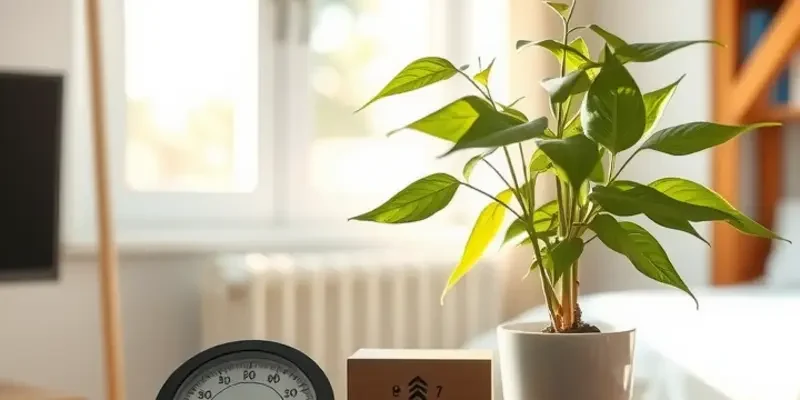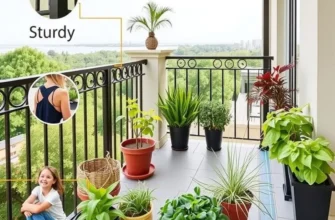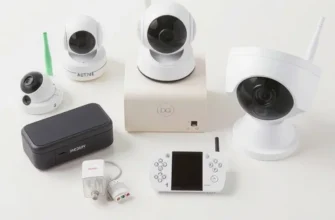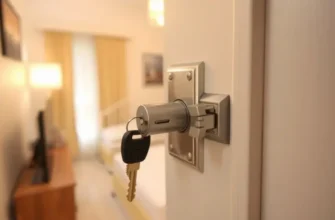Maintaining the right humidity levels in your apartment is essential for both comfort and health. Excessive moisture can lead to mold growth, which poses risks to your well-being and the integrity of your living space. On the other hand, too little humidity can result in dry skin, static electricity, and a general sense of discomfort. For renters across the U.S., understanding how to effectively manage humidity can be a challenge, but it is crucial for creating a safe and inviting home. This guide will provide you with practical and straightforward solutions to control humidity levels and maintain a healthy atmosphere in your apartment. From assessing the current levels to implementing easy maintenance practices, you’ll find actionable steps that prioritize your safety and keep your living space hassle-free.
Understanding Humidity and Its Effects

Humidity is the concentration of water vapor present in the air. It plays a crucial role in determining the comfort and health of your living environment. Understanding humidity begins with recognizing its scientific basis and how it impacts your apartment living.
The Science of Humidity
Humidity is typically measured as relative humidity, which indicates the amount of moisture in the air compared to what the air can hold at a specific temperature. Ideal indoor humidity levels usually range from 30% to 50%. Below these levels, air becomes too dry, while higher levels lead to excessive moisture.
Ideal Humidity Levels for Comfort
Maintaining optimal humidity levels ensures a comfortable living environment. Low humidity can cause skin dryness and irritation, while excess humidity can make the air feel warmer, leading to discomfort. People might find their apartments feeling stuffy or notice increased perspiration without temperature changes.
Health Implications of Excess Moisture
Excess moisture in living spaces can foster mold and mildew growth, which pose health risks, particularly for those with allergies or asthma. Mold spores can exacerbate respiratory issues and lead to allergic reactions. It’s crucial for renters, who may not have control over structural properties of their apartment, to manage moisture effectively.
Measuring Humidity in Your Apartment
Using a hygrometer is a practical way to measure humidity levels in your apartment. These devices are readily available and give accurate readings. Monitoring humidity can help you adjust your living environment, ensuring comfort and safety. Place the hygrometer in different rooms to understand how humidity levels vary throughout your home.
Why Humidity Management Is Crucial for Renters
Renters face unique challenges when it comes to managing humidity, particularly because they have limited control over some environmental factors. Buildings often vary in their ability to maintain consistent humidity levels, influenced by regional climate variations. For renters in different climates, understanding these nuances is important for creating a conducive living space.
Recognizing Signs of Excessive Moisture
It’s essential to recognize signs of high humidity, such as condensation on windows, musty odors, or visible mold spots. Not only do these indicators point to potential health concerns, but they can also damage your apartment. Early recognition allows for timely intervention, preventing more serious issues later on.
If you’re seeking more ways to create a safe and comfortable apartment environment, check out our apartment move-in essentials guide for a comprehensive checklist.
By understanding humidity and its effects, renters can actively manage their indoor environment, ensuring both comfort and longevity of their living space.
Practical Strategies for Humidity Control
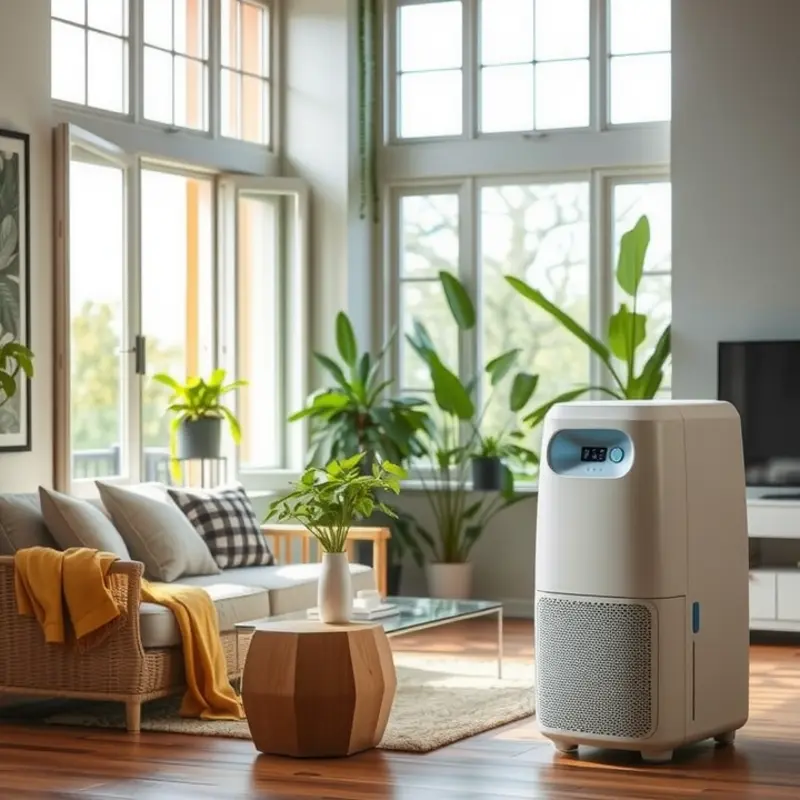
Managing humidity in your apartment is key to maintaining a comfortable and healthy environment. High humidity can lead to mold growth, damage to belongings, and general discomfort. Fortunately, several practical strategies can help you control humidity levels effectively.
Ventilation plays a crucial role in humidity management. Ensure proper airflow by opening windows regularly, especially in high-moisture areas like the kitchen and bathroom. When cooking or showering, use exhaust fans to draw moisture-laden air out of the room. If your apartment has ceiling fans, run them in a clockwise direction during the summer to push cooler air down and counterclockwise in the winter to distribute warm air evenly.
Portable dehumidifiers are an excellent investment for controlling humidity in specific areas. Smaller models are designed for easy transportation, making them suitable for renters who might move frequently. Position the dehumidifier in rooms prone to moisture, like the bathroom or basement, and empty its reservoir regularly for optimal efficiency.
Moisture-absorbing materials offer another viable option for maintaining dryness. Products like silica gel packets or activated charcoal work by absorbing excess moisture in the air. Place these materials in closets, storage spaces, or near windowsills where condensation is likely to form. This method is particularly useful for small spaces or areas that cannot accommodate larger devices.
Adapting your approach seasonally also contributes to effective humidity management. During warmer months, increased air conditioning usage helps in keeping humidity levels low by cooling the air and reducing moisture. In contrast, colder months may require humidifiers to add moisture to overly dry air; however, it’s crucial to monitor and balance these devices to avoid excessive humidity buildup.
Incorporating some apartment-friendly DIY cleaning products can also help maintain a healthy humidity level. For instance, regular cleaning with a solution made from natural ingredients can prevent mold and mildew, often exacerbated by high moisture. For more tips on creating these solutions, check out this apartment-friendly DIY cleaning products guide.
Regular monitoring is essential to assure ongoing comfort and the prevention of moisture-related problems. Consider using a hygrometer, a simple tool that measures the humidity level in your home. Target a humidity range between 30% to 50% for optimal comfort and protection from mold.
Implementing these strategies does not require significant disruption. By integrating these small yet impactful changes, you can effectively manage humidity, creating a more pleasant and safer living environment.
Final words
Managing humidity in your apartment is essential for creating a safe, comfortable, and healthy living environment. By understanding the effects of humidity and implementing practical strategies, you can maintain ideal moisture levels that contribute to your well-being and the longevity of your space. Remember, small steps like using dehumidifiers, ensuring proper ventilation, and monitoring humidity levels can lead to significant improvements in your apartment’s air quality. With these tools in hand, renters can enjoy a more pleasant home with minimal hassle.

